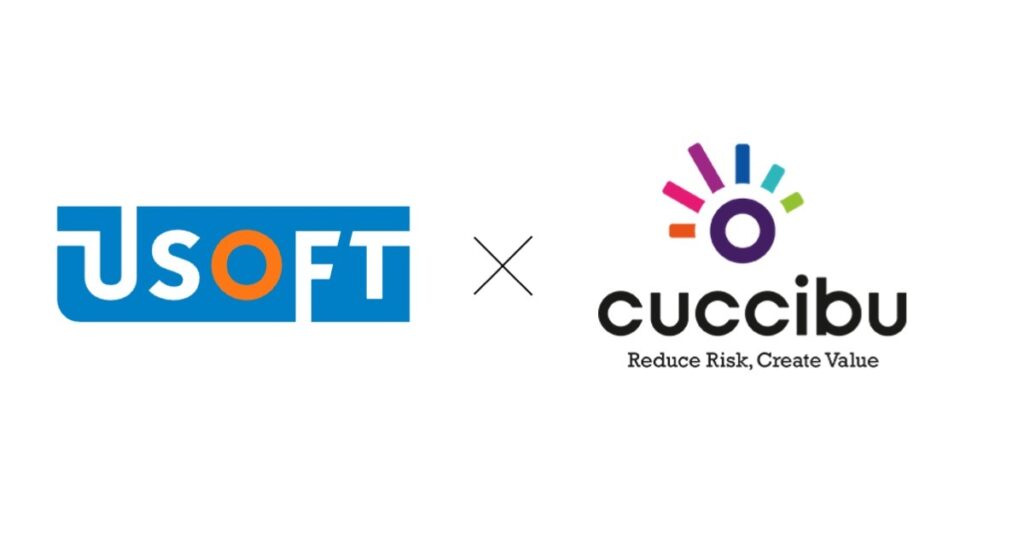Business processes have become very complicated in recent decades. More supply chain partners, increased regulation, more complex technologies, and customers and employees who are more demanding. How can you continue to manage business processes?
An outdated but still relevant IT environment often stands in the way of innovation. You are faced with a dilemma: you cannot simply say goodbye to the existing core systems, but you must move forward to ensure operational excellence. By building a shell of intelligent automation around existing systems, you can meet the challenge. What do you need for this? Vision and guts.
Take an environment like an international port authority, a flower or vegetable auction, or production belts in a manufacturing environment in the manufacturing industry. These are large physical hubs where people, goods, and processes come together. But they have also become data hubs, where digital transactions, reactions, and the sending and receiving of information are streamlined. The goal is to optimize the throughput and output of production processes.
Excellent operations
Operational excellence remains the goal. To this end, it is essential that as many processes as possible be handled autonomously. After all, automation and digitization of processes removes complexity and improves efficiency. Look closely at your processes and determine which repetitive tasks can be automated using IT solutions, such as workflow automation, robotic process automation (RPA) or artificial intelligence (AI), and machine learning (ML).
“What you need for this? Vision and guts”
At the same time, ensure that processes are faster and more consistent. Where you can , remove the subjectivity of human intervention. This makes the organization less prone to errors. It also enables you to integrate systems more easily, which is essential for operational excellence. Rely less on manual tasks, so that you gain time for other things.
Intelligent automation of your IT environment
In practice, organizations find it difficult to further digitize and automate processes. They have to deal with a traditional IT environment, which in part still consists of obsolete systems (legacy). Business applications that were developed as customizations in a gray past and were written in languages such as Cobol are still indispensable in the primary process. Connecting to the digital transformation or integration with modern applications is a challenge. Think of these systems as an orchestra made up of musical instruments that play different parts. Separately they sound pretty good, but together they really make an impression. You need a composer to make the woodwinds make music with the percussion instruments. The conductor is the IT specialist who provides an intelligent automation layer. This makes it possible to extract business rules that still work well but are less directly dependent on old technology. Business rules and applications are then translated into a target platform, that is easier to integrate with the platforms of chain partners.
Increasingly, this platform is an integration and orchestration platform. This has become an indispensable category of IT technology in the realization of a digital hub like a port or an auction. This type of platform is the foundation of what analyst firm Gartner calls “hyper automation” or “intelligent automation”. Multiple technologies are combined, including AI, ML and low-code platforms. Increasingly, data is being collected and interpreted automatically, promoting not only the speed of the decision-making process but also its quality.
Stop divestments
Low-code is an important component in setting up intelligent automation. With the right low-code development technology, you are able to develop applications quickly and in a focused way, without having to say goodbye to legacy systems that are still of great value to daily operations. This way of working has several advantages:
- With low-code, employees on the business side can largely develop applications themselves and add immediate value.
- Existing well-functioning systems are preserved and made flexible inexpensively and quickly.
- The dependence on legacy is reduced but legacy remains available. This allows you to phase out legacy gradually and reduce risk.
- You can realize new functionality faster, easier, and in tighter cooperation with the business. This will take your business operations step-by-step to a higher level.
- Innovation becomes accessible.
“The message that there is no divestment will be music to the ears of not only the CIO but also the CFO”
By deploying low-code technology in the context of intelligent automation, organizations can orchestrate the IT environment so that data becomes available to the employee or other stakeholders in the right context and at the right time.
This is the best approach for those who need to manage the increasing complexity of the world around us. The message that there is no disinvestment will be music to the ears of not only the CIO but also the CFO. You have an orchestra in which all the elements play together beautifully.
Read the original Dutch article on Computable here
Read more about intelligent process orchestration USoft here.




